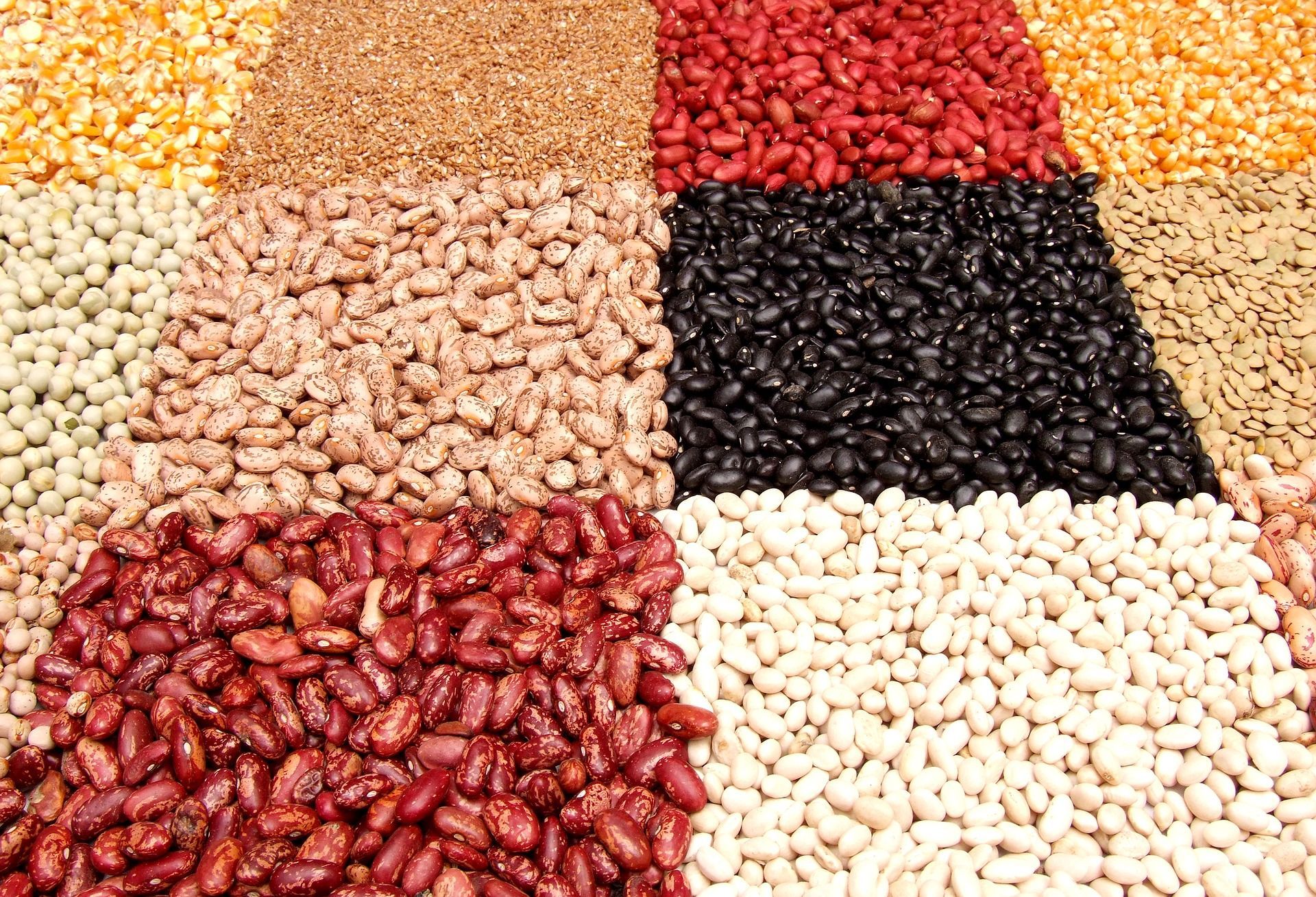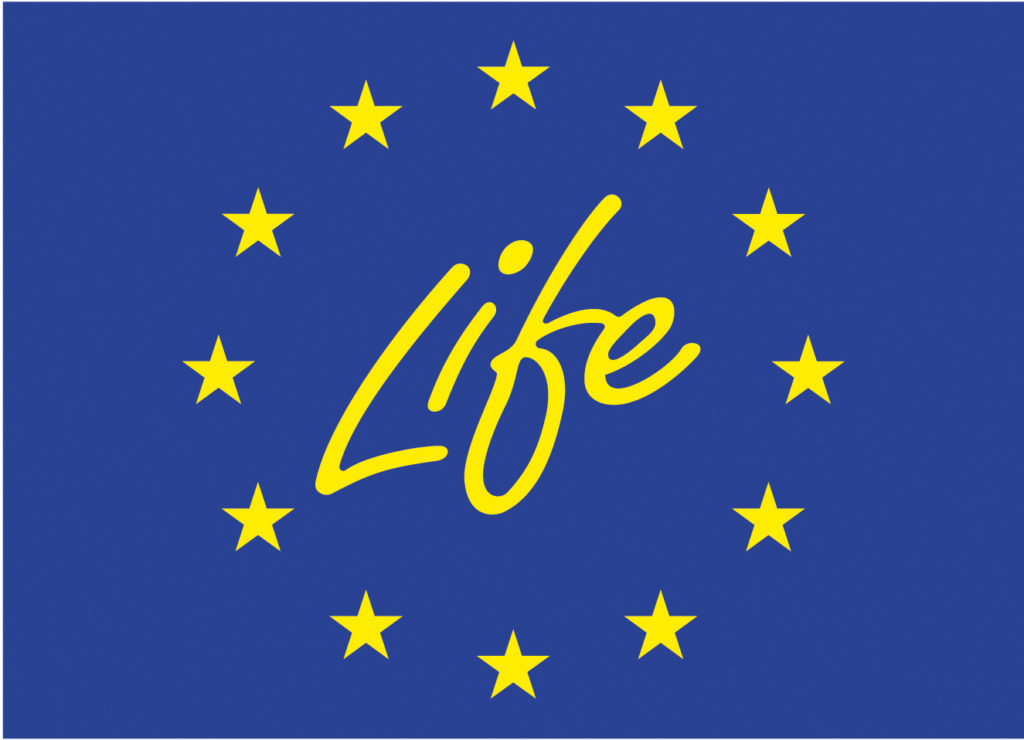
10 February is World Pulses Day, and we want to highlight 10 varieties grown in Catalonia, share some delicious recipes and emphasise the benefits of eating pulses.
Did you know that Catalonia has a varied production of pulses? Despite the diversity of legumes grown in almost every comarca, Catalonia imports large quantities of pulses annually. Paradoxical, isn’t it?
THE JOURNEY OF THE CHICKPEAS
According to an Alimentos Kilométricos [Kilometric Food] report, the mean distance between chickpea farmers and consumers is nothing short of 7,500 km.
The same report states that such a trip is transoceanic and completely dispensable since the produce was already grown in Catalonia some 40 years ago.
Moreover, the impact of chickpea production on the local agricultural fabric of countries such as Mexico, one of Spain’s main chickpea providers, is devastating. The working conditions of people working in chickpea fields are very precarious. According to the Mexican National Institute of Statistics and Geography (INEGI), their average wage is less than the equivalent of 1 € per hour worked.
What can you do to change this tendency? The answer is very clear: eat local pulses! As the Health Channel of the Generalitat de Catalunya reports, there are many varieties of each type of legume, with different sizes, textures and flavours, which are often linked to specific regions. Below we list some of them:
10 LOCAL VARIETIES OF PULSES
- Santa Pau beans (Garrotxa)
- Pardina lentil
- Beans from Castellfollit del Boix (Bages)
- Ganxet bean from Vallès
- L’Anoia little chickpea
- Garrofal pea from Llavaneres
- Ull ros beans (Pla de l’Estany and l’Empordà)
- Oristà chickpea (Osona)
- Berguedà black pea
- Carob fruit from Baix Penedès, Baix Camp, Tarragonès, Baix Ebre, Montsià, etc.
BENEFITS OF EATING LEGUMES
Ok, but why is eating pulses a good thing? What are the benefits for human and planetary health? How many times a week should we eat pulses?
According to the Health Channel of the Generalitat de Catalunya, pulses have a high fibre content that provides a feeling of satiety and facilitates intestinal transit. In addition, regular consumption of pulses lowers cholesterol, triglycerides, and some cancers and promotes cardiovascular health.
As for their nutritional value, pulses contain beneficial nutrients such as fibre, vitamins, minerals, antioxidants, proteins and carbohydrates.
Focusing on the quantity and quality of protein, they are ideal substitutes for meat. For example, 100 grams of dried lentils contain 24 grams of protein, while 100 grams of beef fillet or chicken breast provide 20 grams.
In addition, pulses are gluten-free, making them suitable for people with coeliac disease. Due to their high fibre content, they are also a great food for people with diabetes and overweight.

But they are not only beneficial for the health of individuals; they also bring many advantages in terms of planetary health:
- They enrich agricultural biodiversity and landscape diversity.
- They improve soil fertility and agricultural land productivity without the need for synthetic fertilisers, as they are nitrogen-fixing plants.
- It takes much less water to produce 1 kg of pulses than 1 kg of animal protein. According to FAO, it takes about 13,000 litres of water to generate 1 kg of veal, while it takes only 1,250 litres to produce 1 kg of lentils.
- Legume production generates very low greenhouse gas emissions compared to other protein foods.
The Public Health Agency of Catalonia recommends eating pulses 3 to 4 times a week and proposes several recipes for a varied and healthy way of doing so.
For more information on the benefits of pulses and other interesting facts, see the FAO infographic. Surprising facts about legumes that you may not have known.
We also encourage you to discover these 5 finger-licking recipes with pulses (in Catalan): chickpea hummus, lentil lasagne, mixed escudella [porringer], dried bean salad and lentil stew!
Finally, we suggest that you take the What do you know about pulses? quiz (in Catalan) and put everything you have learned on World Pulses Day to the test.
Get ready to increase your consumption of local pulses! Your health and that of the planet will thank you!
Come to the Menja, Actua, Impacta [Eat, Act, Impact] exhibition to learn more about sustainable and healthy eating!

